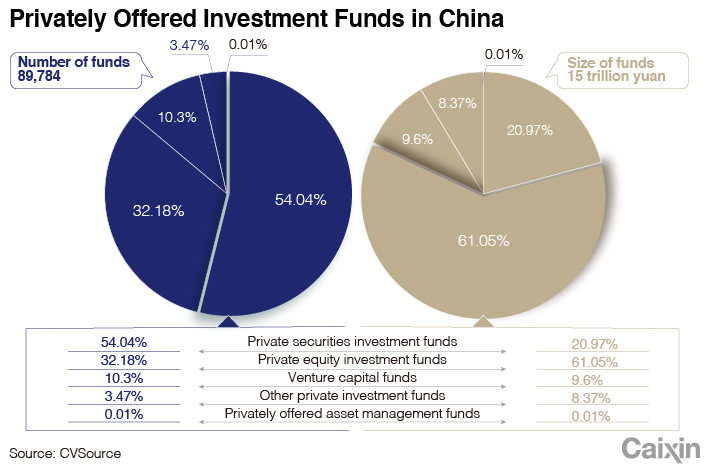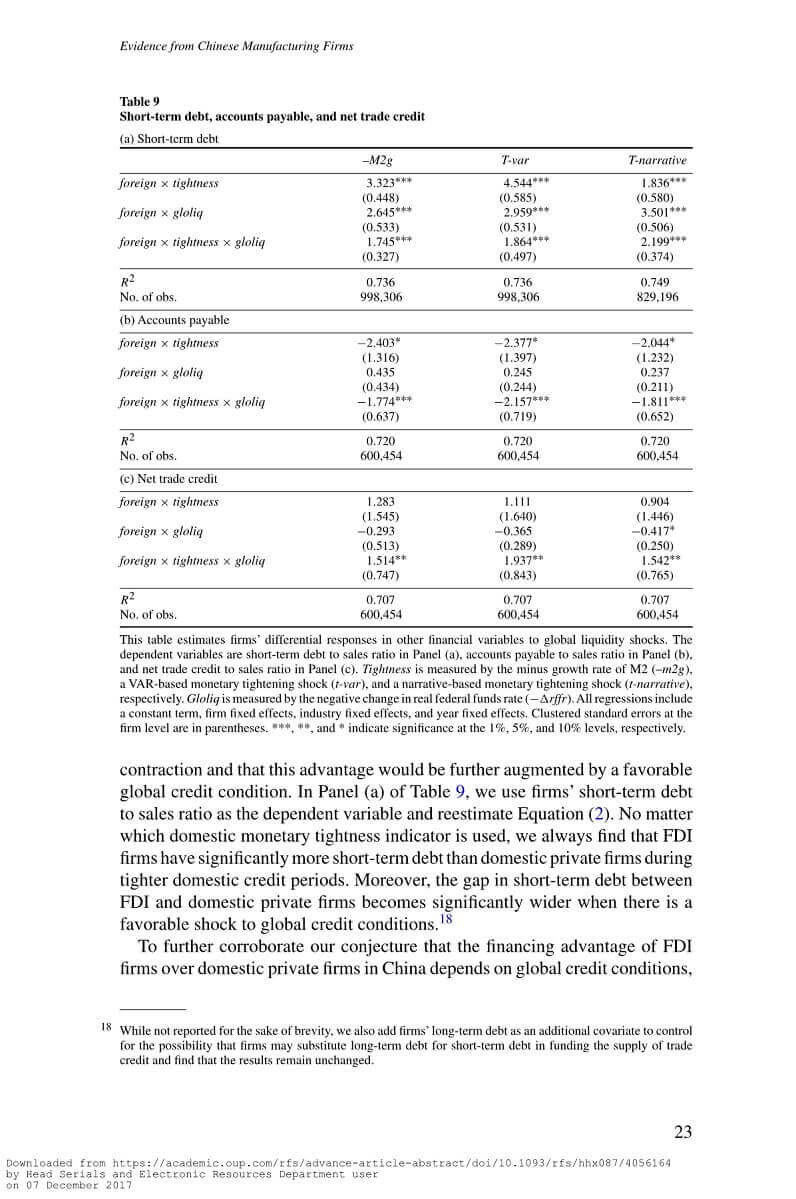Understanding Stock Loan: A Comprehensive Guide to Maximizing Your Investment Potential
Guide or Summary:What is Stock Loan?The Mechanics of Stock LoanBenefits of Stock LoanRisks Involved in Stock LoanWhat is Stock Loan?Stock loan, also known a……
Guide or Summary:
What is Stock Loan?
Stock loan, also known as securities lending, is a financial transaction in which an investor lends their shares of stock to another party, typically a broker or institutional investor, in exchange for a fee. The borrower uses these shares to facilitate short selling or to meet other trading obligations. In return, the lender receives collateral, usually in the form of cash or other securities, to protect against the risk of default. This process can be beneficial for both parties—lenders earn additional income from their idle shares, while borrowers gain access to the stocks needed for their trading strategies.
The Mechanics of Stock Loan
In a typical stock loan arrangement, the lender and borrower agree on the terms of the loan, including the duration, interest rate, and collateral requirements. The lender transfers ownership of the shares to the borrower, who is then responsible for returning the same number of shares at the end of the loan period. Throughout the loan, the lender may continue to receive dividends on the shares, depending on the agreement.

One of the key aspects of stock loans is the collateral. The borrower must provide collateral that exceeds the value of the borrowed shares to mitigate the lender's risk. This collateral can be in the form of cash, government securities, or other stocks, and it is often marked to market daily to ensure that it remains sufficient to cover the loan.
Benefits of Stock Loan
Engaging in stock loan transactions can offer several advantages for investors. For lenders, it provides an opportunity to generate passive income from their investment portfolio. By lending out shares that they are not actively trading, they can earn fees without selling their assets. This can be particularly appealing in a low-interest-rate environment, where traditional savings accounts may yield minimal returns.
For borrowers, stock loans are a strategic tool for executing short-selling strategies. By borrowing shares, they can sell them on the open market with the intention of repurchasing them later at a lower price. This practice can amplify profits if the market moves in their favor, although it also carries significant risks if the stock price rises instead.

Risks Involved in Stock Loan
Despite the potential benefits, stock loans are not without risks. For lenders, the primary concern is the credit risk associated with the borrower. If the borrower defaults or fails to return the shares, the lender may face financial losses. To mitigate this risk, it is crucial for lenders to conduct thorough due diligence on potential borrowers and ensure that appropriate collateral is in place.
For borrowers, the risks include market volatility and the possibility of being unable to return the borrowed shares if the stock price increases significantly. Additionally, borrowers may be required to pay dividends to the lender during the loan period, which can add to the overall cost of the transaction.
In conclusion, stock loan transactions can be a valuable addition to an investor's strategy, offering opportunities for income generation and enhanced trading capabilities. However, it is essential to understand the mechanics, benefits, and risks involved before participating in this market. Investors should consider their risk tolerance, investment goals, and market conditions when deciding whether to engage in stock lending or borrowing. By doing so, they can make informed decisions that align with their overall investment strategy and financial objectives.
